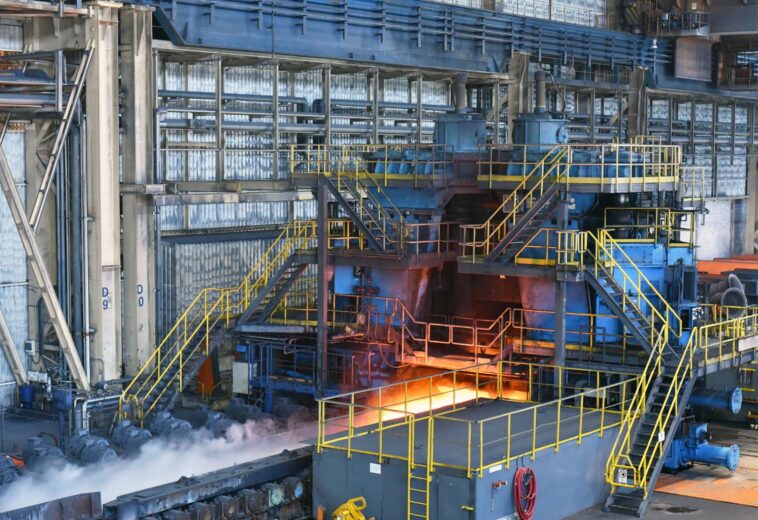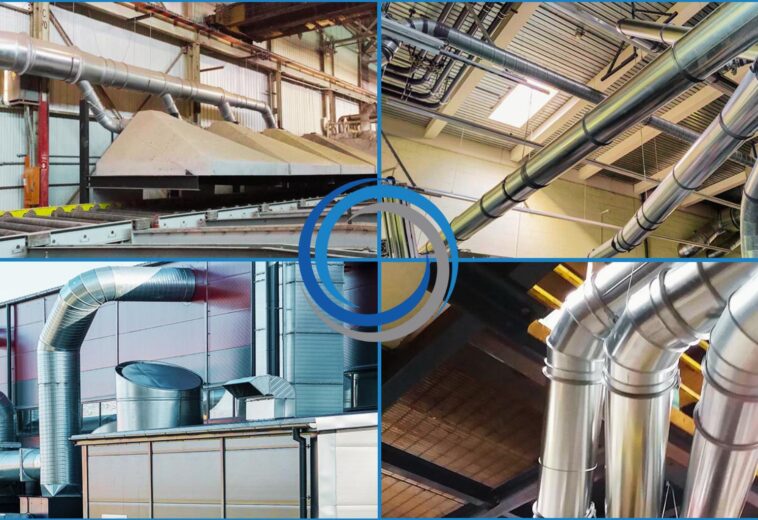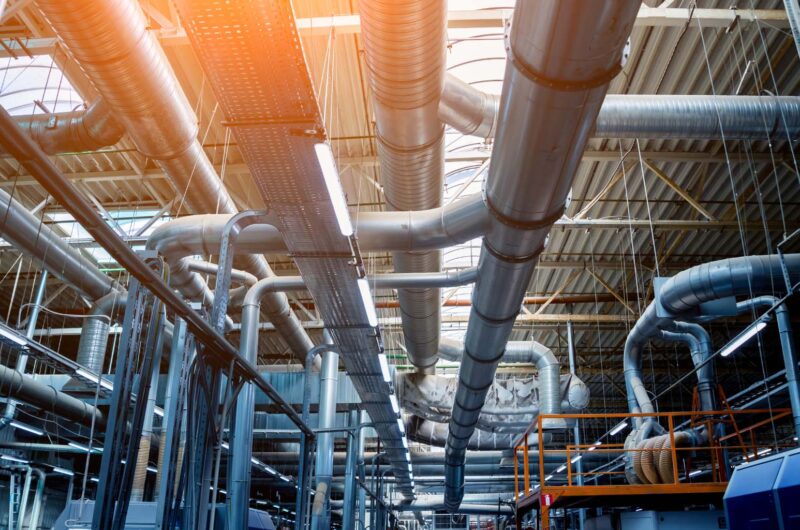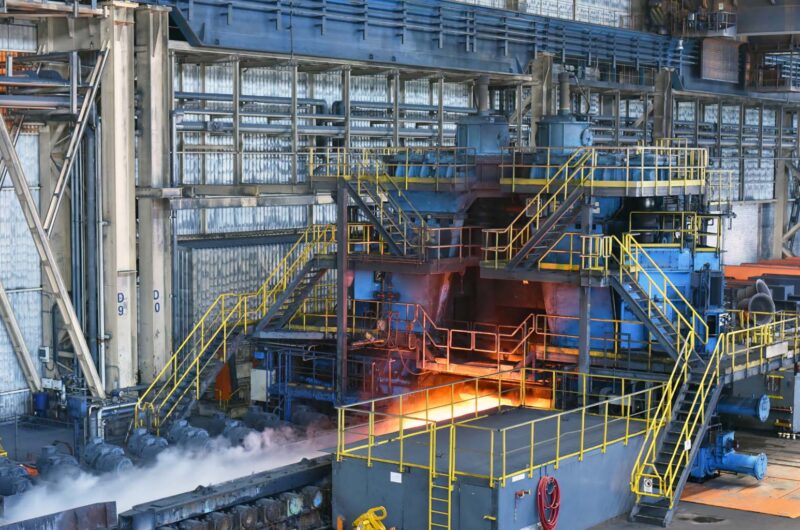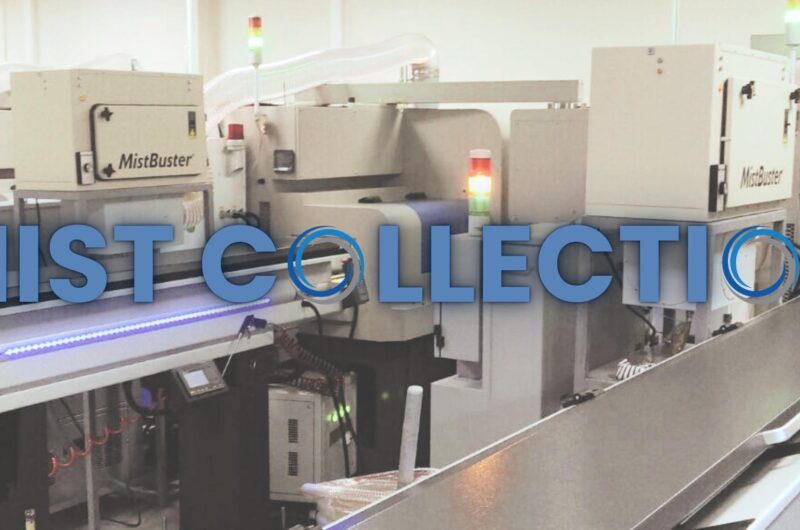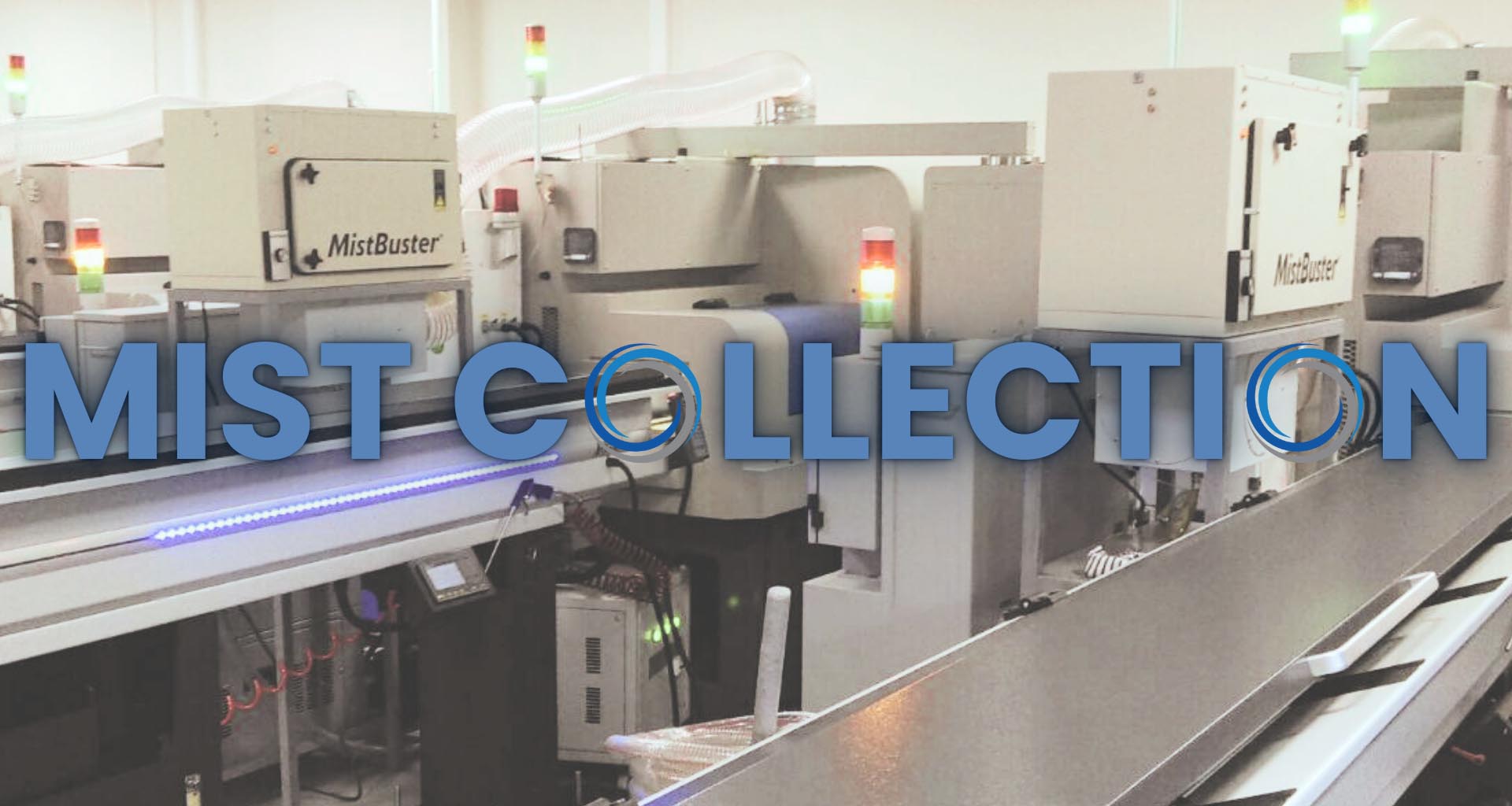
- October 29, 2024
- 496 views
- 0 Comments
WHAT ARE THEY?
Mist collectors, in essence, are powerful machines engineered to clear the air in industrial workspaces. Whether they’re standalone, machine-attached, or part of a centralized system servicing multiple machines, their role is vital. How crucial is a clean, safe environment to you?
DIFFERENCE IN MIST & DRY
When it comes to managing dust, there are two main strategies. Mist collection systems soak up the dust, separating it from the air and trapping it in a basin. Dry dust collectors sift out particles from the air stream, either by spinning them out with centrifugation or by catching them with filters. Both techniques have their own merits, but the goal is the same: to keep our air clean and our workplaces safe.
HOW ARE THEY USED?
A mist collector’s primary role? To purify the air by removing mist and smoke droplets. This is achieved by transforming small drops into larger ones and subsequently draining the collected coolant from the filters to prevent blockages.
How does it work? That depends on the method of collection. Warning: we are going to get a bit scientific and technical here!
Electrostatic Precipitation
Within the charging segment, ionizer wires assign a positive charge to the mist particles in the air. The air, now filled with charged mist particles, then navigates through a secondary electric field where these particles are gathered on metal plates, referred to as “collector plates.” The result? Clean air ready to be recirculated back into your workspace.
Inertial Precipitation
With this method, the airstream takes a detour around a surface, but the droplets, packed with momentum, stick to their trajectory. They hit the surface, merge with other droplets, and eventually drain away. It’s a straightforward yet efficient process.
Filter Media
Collectors that use fibrous filter media rely on four filtration mechanisms to remove mist and smoke droplets from an airstream:
1. Sieving
-
- This method is employed when the size of the droplet physically prohibits it from passing through the gaps between two or more fibers. Upon contacting a fiber, the droplet adheres to its surface, merges with other droplets, and subsequently drains from the collector.
2. Inertial impaction
-
- Collects droplets of a micron size or larger. This happens through inertial impaction – a process where the airstream is moved aside by the fiber of the media, while the droplet, due to its mass, continues on its original course.
3. Interception
-
- Gathers droplets in the range of 0.1 to 1 micron. The process of interception happens when a droplet, while following the airstream, still manages to come close enough to a fiber to stick to it.
4. Diffusion
-
- Accumulates tiny droplets that are less than 0.1 micron in size are gathered. These minuscule droplets are affected by the molecular forces in the airstream. This causes them to move parallel to the airstream, but still retain their independence.
While there are benefits and drawbacks to each system, ensuring your choice of mist collector effectively meets your specific needs while maintaining a safe and healthy environment for all is the most important thing.
WHAT INDUSTRIES ARE THEY USED IN?
Commonly found in the metalworking sector, mist collectors capture damaging oil and coolant mists that emerge during machining, milling, and grinding operations.
Mist collectors are also found in commercial food manufacturing, where they serve a crucial role in eliminating cooking odors, grease, smoke, and oil mist from food production facilities and commercial kitchens.
POTENTIAL HAZARDS
In the world of metalworking, it’s crucial to effectively manage oil or coolant mists. If overlooked, these mists can transform into oil smoke, a byproduct of oil ignition prior to airborne release. This not only puts machine operators at significant health risks due to inhalation but also results in a slippery residue on equipment. This residue is not just harmful to the machinery but also heightens the likelihood of slips and falls in the workspace.
In the food and beverage industry, cleanliness is a necessity. A clean workspace isn’t just about keeping appearances, but about reducing the risk of contamination and ensuring quality. Maintaining a clean environment not only prolongs the life of your equipment, but creates a safer, healthier environment for everyone on your team.
FACTORS TO CONSIDER WHEN PURCHASING A MIST COLLECTOR
Air Quality Standards and Filtration Capability
-
- The MERV rating is a method of measuring filters’ efficiency. It signifies the smallest particle size – measured in microns – that your mist collector can handle. A higher MERV rating = greater filtration efficiency.
- The term ‘Delivered Airflow’ refers to the volume of airflow that a mist collector can intake, taking into account the airflow loss when the filters are installed. This is typically measured in cubic feet per minute (CFM).
- ‘Delivered Airflow’ refers to the volume of airflow that your collector can take in. It takes into account the loss of airflow that takes place when the filters are installed. This is usually measured in cubic feet per minute, or CFM.
- ‘Minimum Particle Size’ refers to the smallest diameter (measured in micrometers, or µm) of aerosol that a mist collector can efficiently filter.
Application, Size, and Weight Specifications
-
- Knowing the size of your space is a must to properly size your mist collector. With measurements typically shown in feet (ft) and inches (in), you have the power to make informed decisions about where and how to install your unit.
- The weight of a collector (measured in lbs) is crucial to consider when designing support structures or determining the transportation methods required for the equipment. With these specifications, engineers can make informed decisions regarding material selection, installation procedures, and overall system integration.
Sound Level Considerations
-
- The decibel levels (dBA) of mist collectors are to consider. Top-of-the-line mist collectors aim to dial down this noise, contributing to a quieter workspace.
Power and Usage
-
- Consider your power supply: the effectiveness of your mist collector hinges on aligning its voltage requirements with your facility’s capabilities.
Installation Options
-
- Finally, achieving optimal performance of mist collectors is dependent on the installation. There are many mounting alternatives, each one custom-made to fit a variety of uses.
HOW WE CAN HELP
At 3B Air Systems, we’re committed to providing comprehensive solutions for mist collection applications. From initial consultation to custom design, installation, and ongoing services – we’ve got you covered. Our services cater to a wide range of applications such as CNC machining, milling, grinding, cutting, and more, regardless of the type of lubricant in use.
Our turn-key solutions adhere to all safety standards, ensuring optimal efficiency and longevity. This commitment to safety and efficiency is a testament to both our trusted vendors and skilled installation team. Whether you’re looking for new central mist collection systems or need replacement parts and engineering services for your existing systems, our team is always on standby to assist you! Contact us today.

